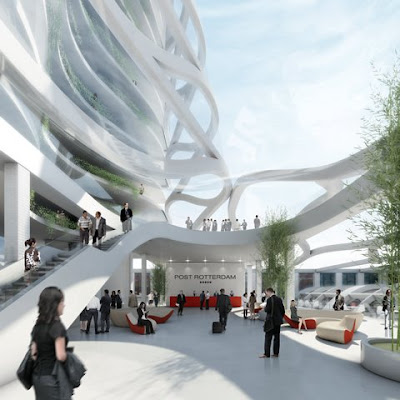There are a lot of new examples of Veg.itecture, spanning a variety of concepts that are really expanding the idea and breadth of Vegetated Architecture. I’ve also been reading a number of books from stellar Vegitect Ken Yeang, specifically Ecodesign, which is a must-read for anyone interested in holistic ecological design. Look for a review soon.
Next up, Treehugger’s backhanded compliment to a ‘dumb’ building, The Terry Thomas, in Seattle – by – which is a nice way of saying buildings that use natural processes – via the article: “I meant it as a compliment; we need more dumb buildings that work like buildings used to, with natural light and ventilation, and without what Donovan Rypkema calls “green thingies”- expensive new technologies when older, simpler methods are more appropriate.”
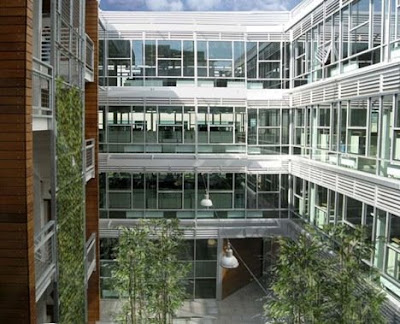
:: image via Treehugger
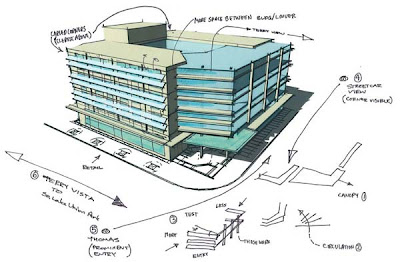
:: concept – image via Weber Thompson
A previous story about the design mentioned this old-school approach (along with a rendering that looks remarkably like the final product): “Got sun in your face? put on sunglasses on the building to stop it before it gets in. Want fresh air? Open the window. Want light? Make it shallow, only 35 feet from window to courtyard. Want air circulation? Put a hole in the middle of the donut to create a stack effect to draw air through. Nothing to see here that wouldn’t be found in a 1936 Architectural Graphic Standards.” Sounds pretty smart – although it’d be interesting to see more of the vegetated screens and how they would work to dissipate some of the heat/sun/noise issues better than more traditional screens.
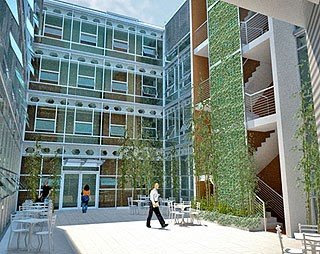
:: rendering – image via Treehugger
Another great project via BDonline shows the ability to nest buildings into the landscape – in this case the Giant’s Causeway in Northern Ireland by Heneghan Peng Architects. The renderings are dynamic is referencing the adjacent cliff faces, really pulling from the surrounding landscape.

:: images via BDonline
Via Eikongraphia, a few images of UN Studio’s Post Rotterdam project with some tantalizing wisps of vegetation visible on the facade… as well as the climbing columns of greenery in the central courtyard space. Very similar to a previous post of a project in Miami by HdM for the Miami Art Museum – likened to the Hanging Gardens of Babylon…
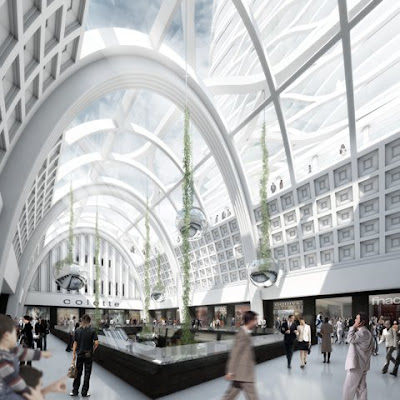
:: images via Eikongraphia
In related news, a story via Reuters from Mexico City shows an agressive rooftop program for combating global warming: “Mexico City, one of the world’s most polluted capitals, is planting rooftop gardens on public buildings as part of a program launched on Thursday to combat global warming. … The smog-choked metropolis plans to replace gas tanks, clothes lines and heat-reflecting asphalt on 100,000 square feet of publicly owned roof space each year with grass and bushes that will absorb carbon dioxide. … The city also plans to offer tax breaks for businesses or individuals who put gardens on top of their offices and apartment buildings.”
Finally, Steve of The Sesquipedalist saw my reference to Michael Sorkin’s 1979 article in WET magazine related to the concept to Vegitecture and kindly offered to scan the article for me… he’s sent me the first page, and I will give an overview of this Vegitectural first sighting when I get the remaining pages… stay tuned.



